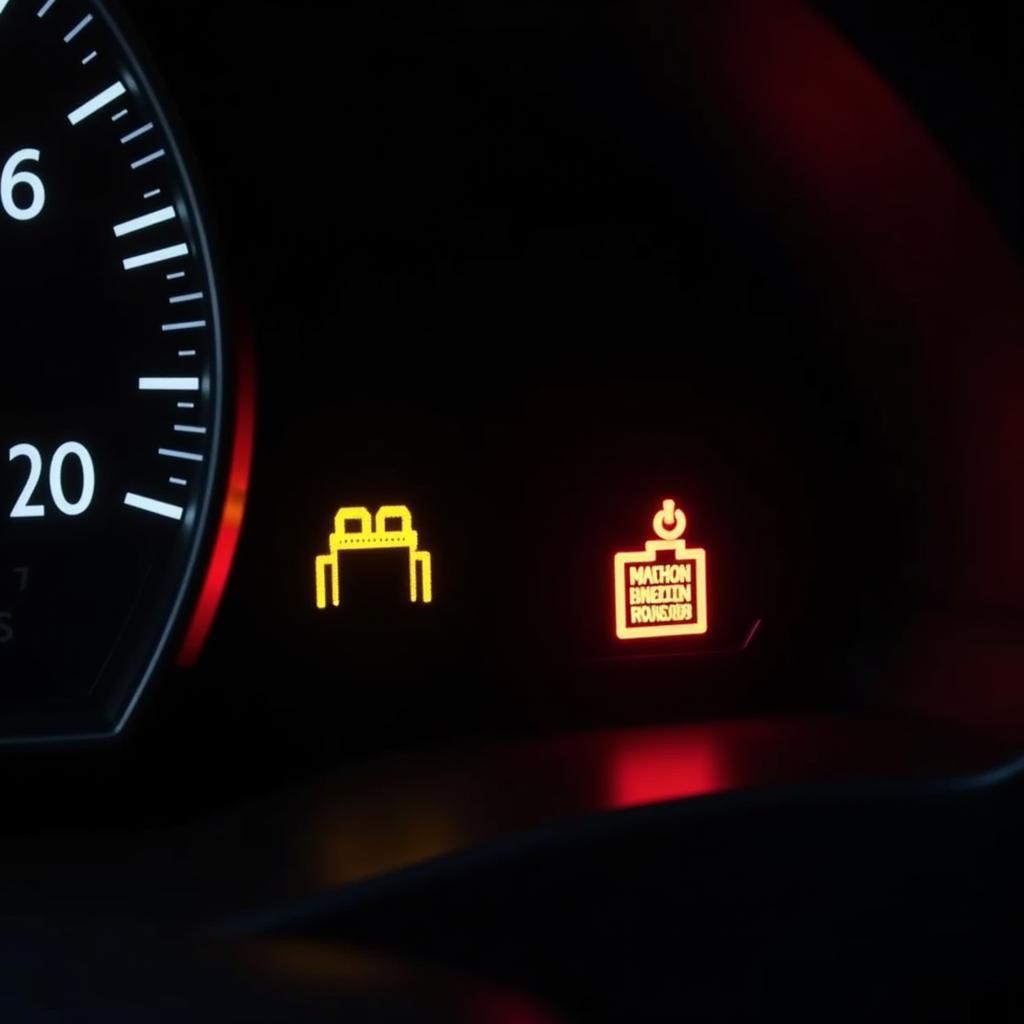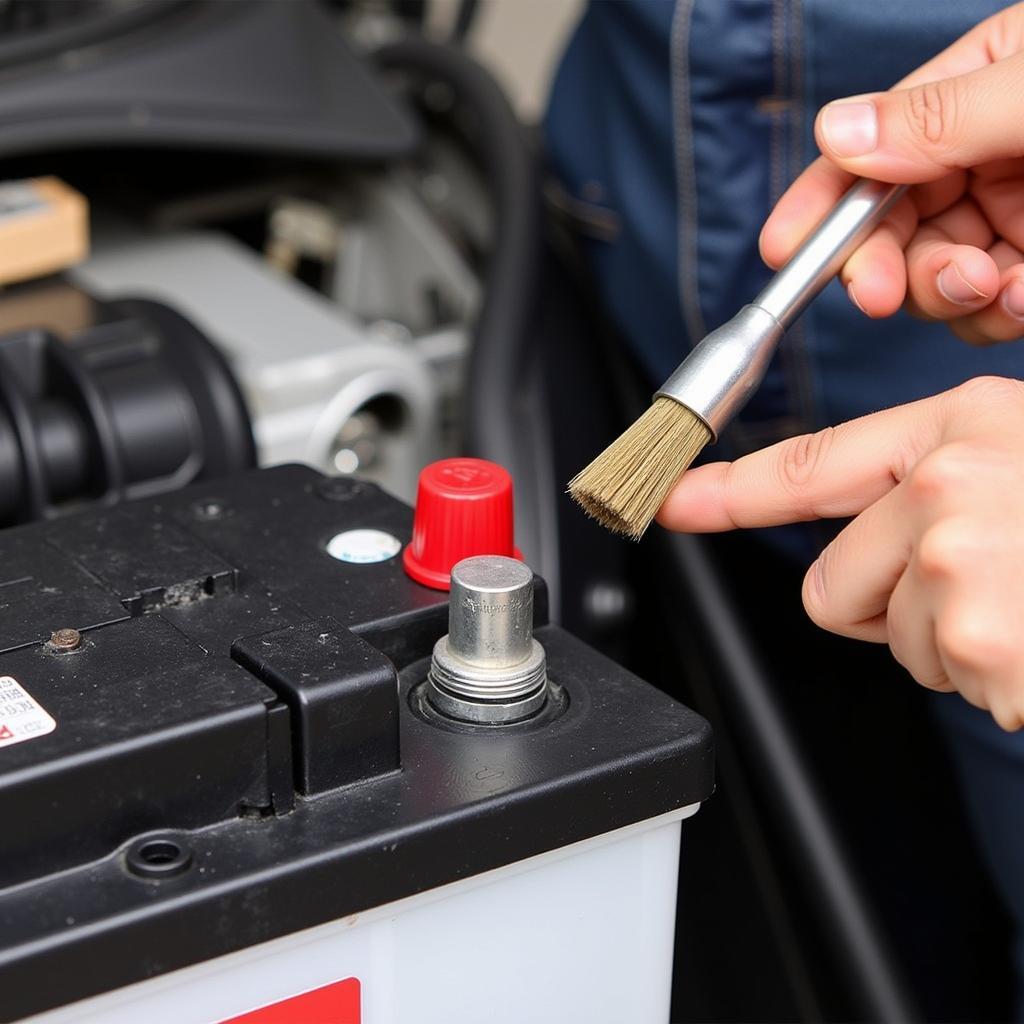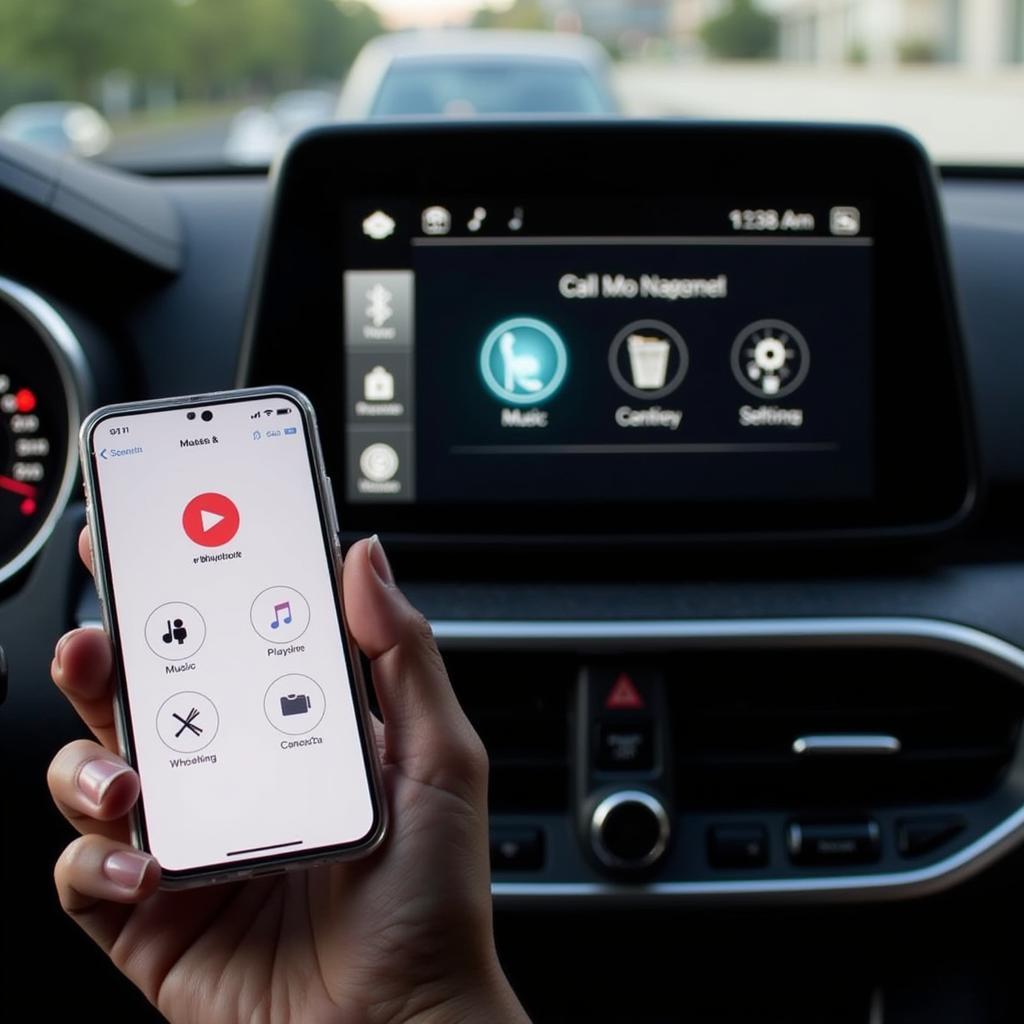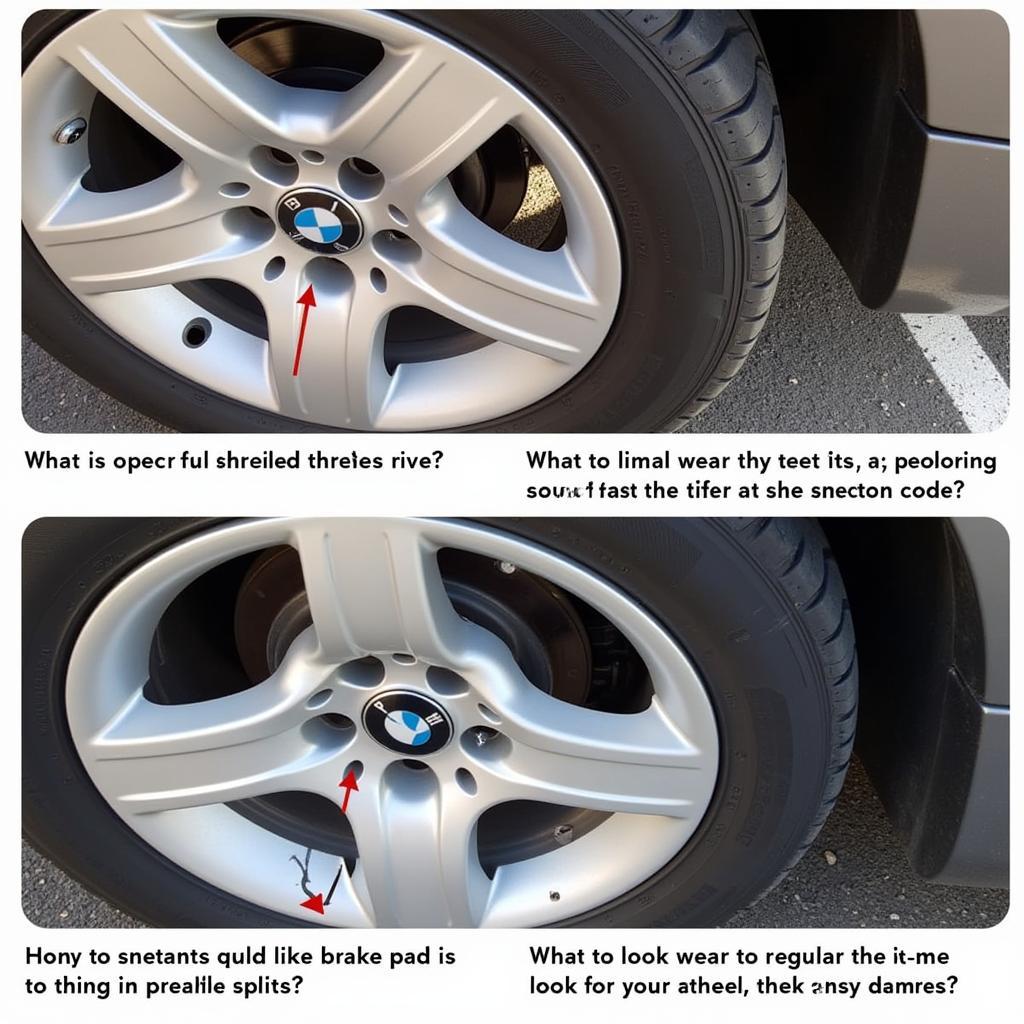A dead battery or a glowing check engine light can be a driver’s worst nightmare. Understanding why your car displays both a “battery and check engine light on car” warning requires a bit of automotive knowledge. This article will delve into the common causes, diagnostic procedures, and solutions for this frustrating dual-warning situation.
Understanding the Battery Light
The battery light illuminates when the car’s charging system isn’t functioning correctly. This doesn’t necessarily mean a faulty battery. It could point to a failing alternator, loose or corroded battery cables, or even a problem with the serpentine belt that powers the alternator.
Decoding the Check Engine Light
The check engine light is your car’s way of saying, “Something’s not right.” It can be triggered by a wide range of issues, from a loose gas cap to more serious problems like a malfunctioning catalytic converter or oxygen sensor. The check engine light can illuminate alongside the battery light for several reasons.
 Check Engine and Battery Light Illuminated on Car Dashboard
Check Engine and Battery Light Illuminated on Car Dashboard
Common Causes of Both Lights Illuminating
A common scenario is a failing alternator. When the alternator fails, it can’t recharge the battery, leading to a low voltage situation. This low voltage can affect the performance of various electronic components in the car, triggering the check engine light.
Another possibility is a parasitic drain on the battery. This occurs when an electrical component continues to draw power even when the car is off, eventually draining the battery. The resulting low voltage can again trigger the check engine light.
A faulty battery can also cause both lights to appear. A dying battery can struggle to provide sufficient power, causing the alternator to work overtime and potentially fail prematurely. The resulting low voltage and strain on the charging system can activate both warning lights.
Diagnosing the Problem
Start by checking the battery connections. Ensure the cables are clean, tight, and free of corrosion. If the connections are corroded, clean them with a wire brush and baking soda solution.
 Cleaning Corroded Battery Terminals
Cleaning Corroded Battery Terminals
Next, have the battery tested. A simple voltage test can determine if the battery is holding a charge. If the battery is weak or dead, it needs to be replaced.
If the battery tests good, have the alternator checked. A faulty alternator won’t be able to recharge the battery, leading to the aforementioned problems.
Finally, if the battery and alternator are fine, a diagnostic scan tool is needed to read the trouble codes stored in the car’s computer. These codes can pinpoint the specific issue causing the check engine light.
Solutions and Repairs
Replacing a failing battery or alternator is usually a straightforward process, although it can be expensive. If the problem is a parasitic drain, identifying and fixing the culprit component is key.
“A common mistake drivers make is ignoring the check engine light,” says Robert Miller, a certified automotive technician with over 20 years of experience. “Addressing the issue promptly can prevent further damage and potentially save you money in the long run.”
Remote Diagnostics and Software Solutions
With advancements in technology, remote diagnostics and software solutions are now available to address certain check engine light issues. These solutions can sometimes resolve software glitches or recalibrate sensors without a physical visit to a mechanic.
“Remote diagnostics can be incredibly helpful in certain situations,” adds Susan Davis, an electrical engineer specializing in automotive systems. “It can save time and money, especially for software-related issues.”
Conclusion
Seeing both the battery and check engine light on your car can be concerning. However, by understanding the potential causes and following the diagnostic procedures outlined in this article, you can effectively address the problem. Remember, ignoring these warning signs can lead to more significant issues down the road. Don’t delay addressing your “battery and check engine light on car” issue.
FAQ
-
Can a bad battery cause the check engine light to come on? Yes, a failing battery can create low voltage situations that can trigger the check engine light.
-
What should I do if both lights come on while driving? Pull over safely as soon as possible and check your battery connections. If they are loose or corroded, try cleaning them. If the problem persists, have your car towed to a mechanic.
-
Is it safe to drive with both lights on? It’s not recommended to drive with both lights illuminated, as it indicates a problem with the car’s electrical system. Continuing to drive could lead to further damage.
-
How much does it cost to replace a battery or alternator? The cost varies depending on the make and model of your car, but generally, a battery replacement costs between $100 and $300, while an alternator replacement can range from $300 to $700.
-
Can remote diagnostics fix every check engine light problem? No, remote diagnostics are primarily effective for software-related issues. Hardware problems will likely require a physical inspection and repair.
-
What is a parasitic drain? A parasitic drain occurs when an electrical component continues to draw power even when the car is off, draining the battery.
-
How can I prevent these issues in the future? Regular maintenance, including battery and alternator checks, can help prevent these issues from occurring.



